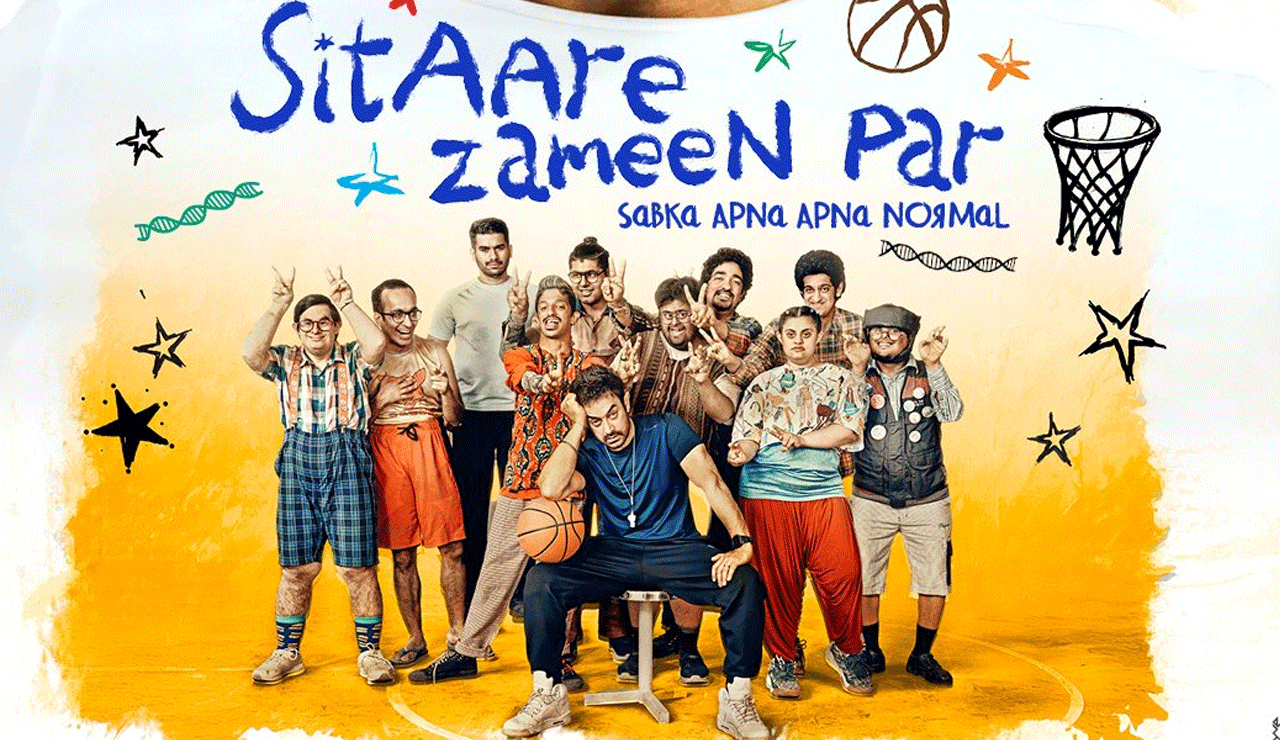Aamir Khan’s New Film Sparks Boycott Calls: What’s Behind the Backlash?
Aamir Khan's highly anticipated film, Sitaare Zameen Par, is making waves in the lead-up to its release, but not all of the attention is positive. The film, which focuses on a basketball coach who trains players with disabilities, has faced a surge of online calls for a boycott.

Hyderabad: Aamir Khan’s highly anticipated film, Sitaare Zameen Par, is making waves in the lead-up to its release, but not all of the attention is positive. The film, which focuses on a basketball coach who trains players with disabilities, has faced a surge of online calls for a boycott.
While the movie has received praise for casting actors with disabilities and promoting inclusivity, social media trends have quickly turned into a storm of political accusations against the star.
Table of Contents
Boycott Calls and Allegations Against Aamir Khan
The backlash surrounding Sitaare Zameen Par seems to stem from two key issues. The first is Aamir Khan’s delayed response to Operation Sindoor, a recent Indian military operation against terror camps in Pakistan and Pakistan-occupied Kashmir. Critics argue that his reaction, limited to a brief Instagram story, was insufficient given the importance of the operation. The second issue relates to a 2020 video of Aamir Khan meeting Turkish President Recep Tayyip Erdoğan’s wife during the shoot of Laal Singh Chaddha, a moment that reignited controversy due to Erdoğan’s controversial political stance.
Also Read: Randeep Hooda Brings Real-Life Heroism to the Screen with ‘Operation Khukri’
The meeting with President Erdoğan raised eyebrows in India, especially as the Turkish leader is often viewed as a conservative figure by critics. Aamir Khan’s critics argue that the actor, being a public figure, should avoid associating with controversial leaders. However, some defend Khan, questioning the expectations placed on him as an actor to respond to every political issue.
Social Media Backlash and Support for the Film
In the wake of the controversy, Aamir Khan Productions recently changed its social media profile pictures to the Indian National Flag, which was interpreted by some as an effort to regain public favor. While some defended this as a patriotic gesture, others dismissed it as a damage control tactic in the face of the growing boycott trend.
Despite the online backlash, the film’s premise has garnered positive reactions. Sitaare Zameen Par, inspired by the Spanish film Champions, is praised for its focus on disability inclusion, casting real people with disabilities instead of able-bodied actors. The story follows a coach who trains a team of players with disabilities, highlighting their potential and challenging societal norms. Many online users appreciate the film’s effort to shed light on important issues in an accessible and relatable way.
Political Backlash or Personal Beliefs?
The call for a boycott of Sitaare Zameen Par appears to reflect a broader trend in India’s growing hyper-nationalism and religious targeting. Aamir Khan’s critics point to past controversies, such as his 2015 statement about rising intolerance in India, as the source of his ongoing vilification. For some, Khan’s Muslim identity has made him a target for politicization and public scrutiny, with even his every action coming under intense scrutiny.
However, supporters argue that the political debate around Aamir Khan has overshadowed his artistic contributions. They note that public figures like Prime Minister Narendra Modi have engaged in diplomacy with controversial figures like Nawaz Sharif and President Erdoğan without facing the same level of outrage. “Why is Aamir Khan held to a different standard?” one commenter asked.
Will the Boycott Impact ‘Sitaare Zameen Par’s’ Box Office?
As Sitaare Zameen Par approaches its release date, the ongoing boycott campaign has led to divided opinions. Some continue to call for a ban on the film, while others urge people to watch it with an open mind and judge it based on its artistic merit. The controversy around the film underscores the complex relationship between political beliefs and artistic expression in today’s world.
